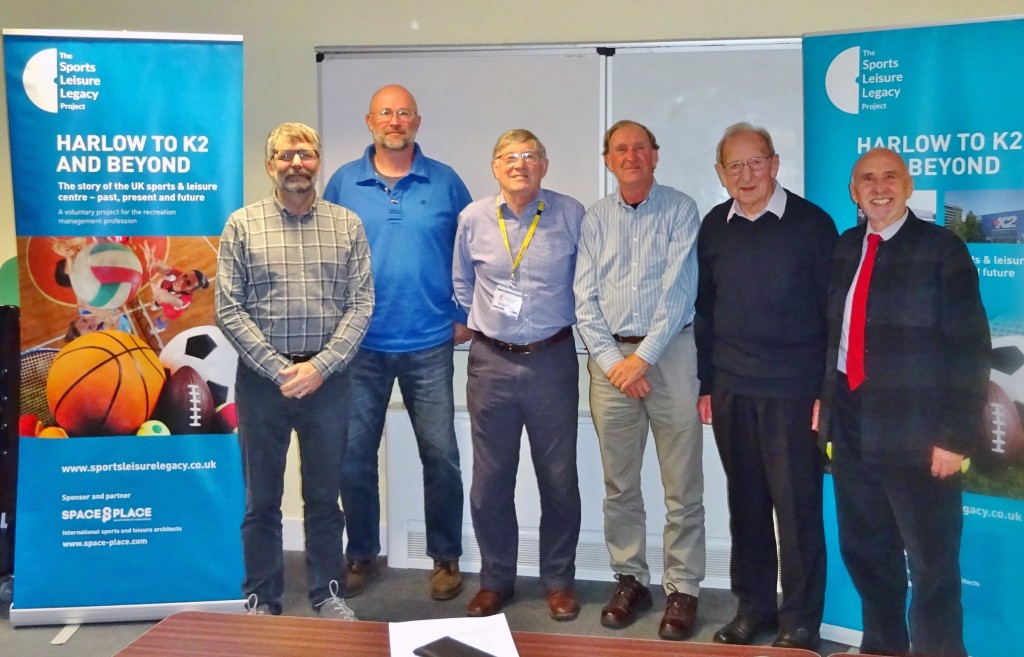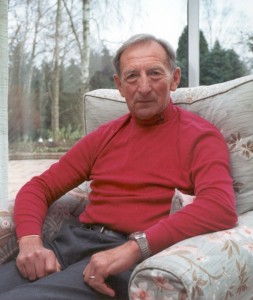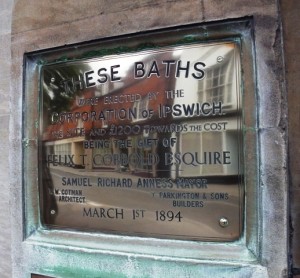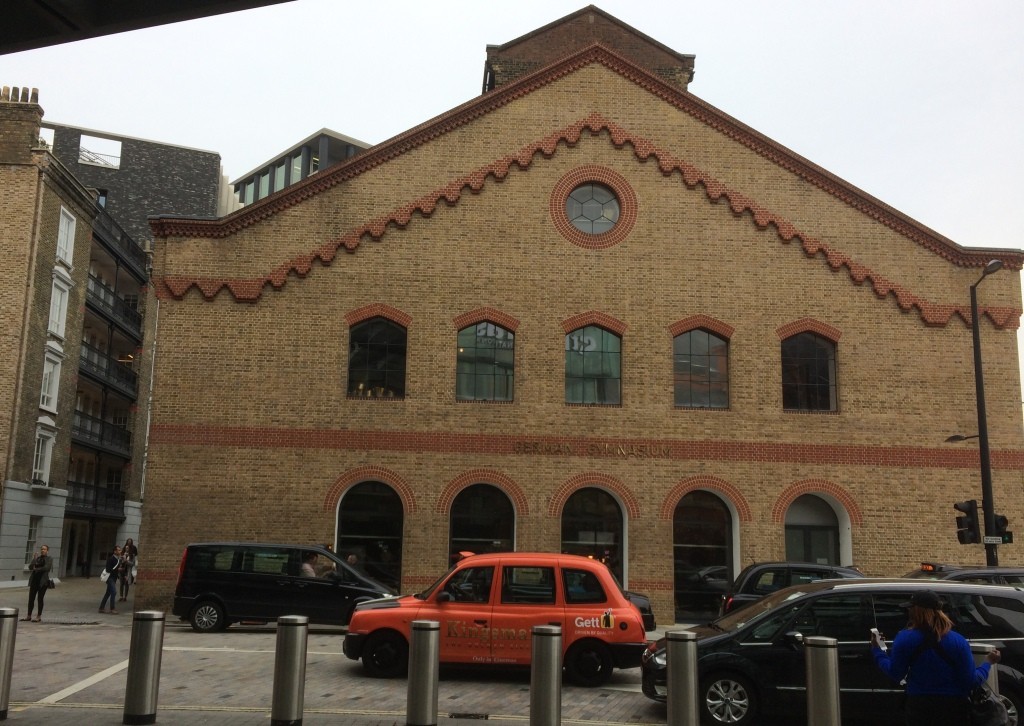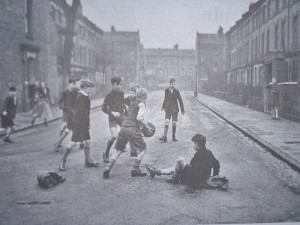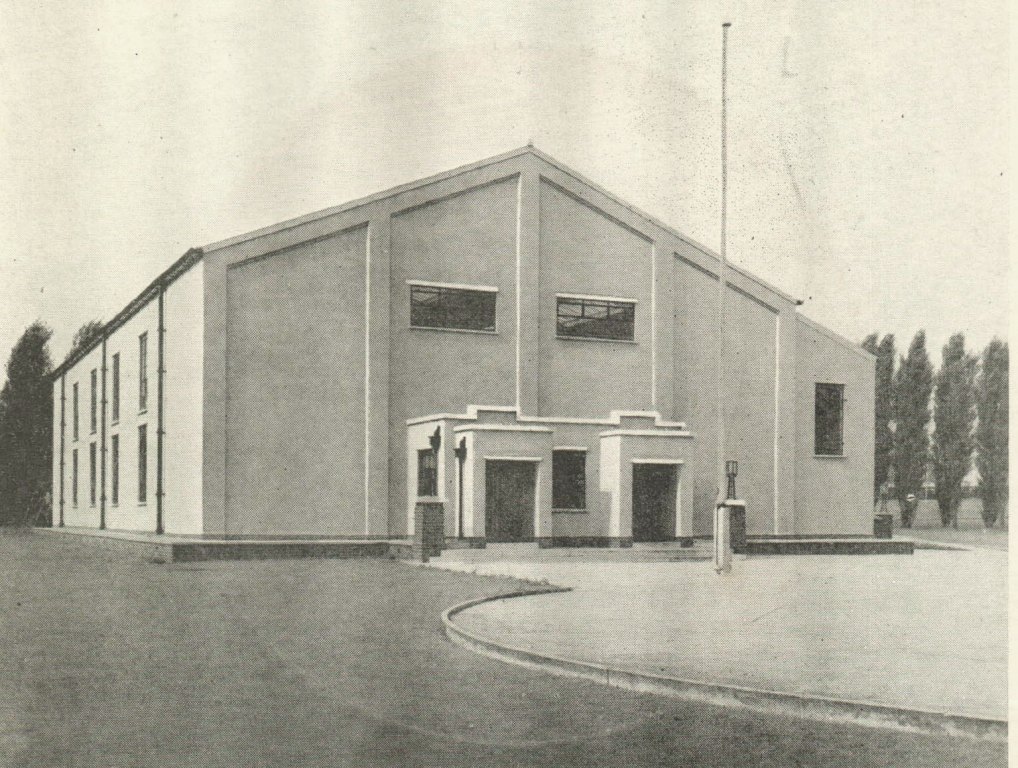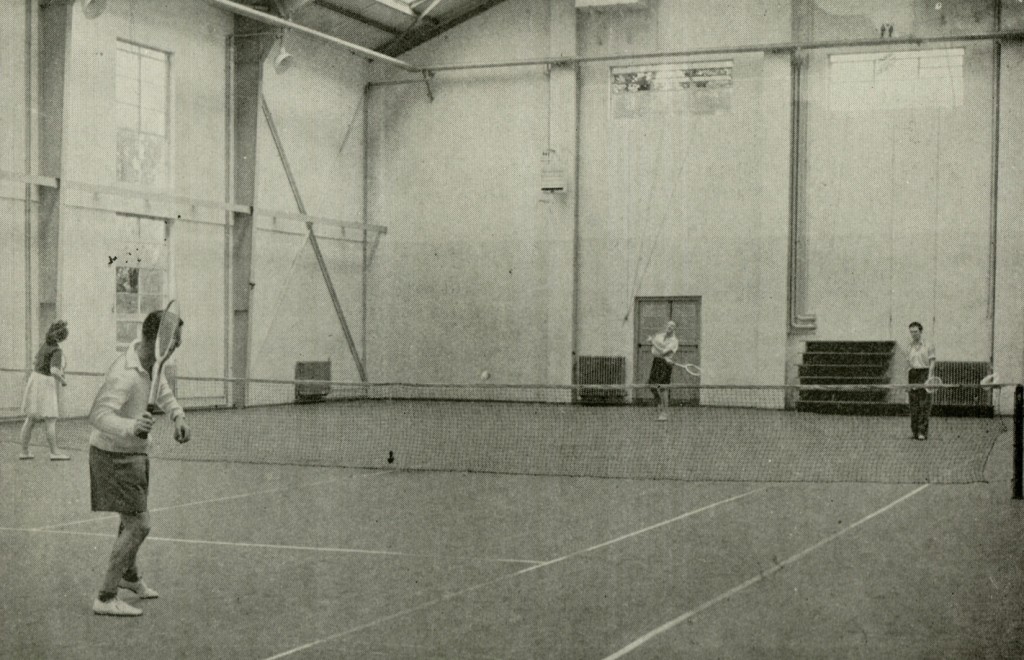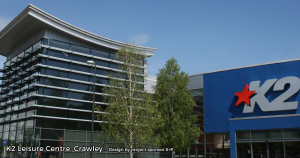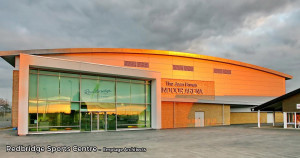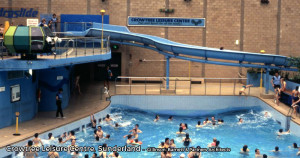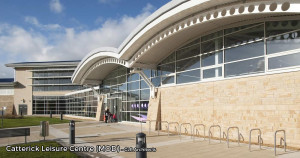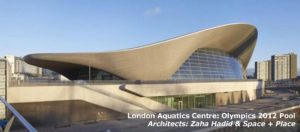EDITORIAL PREFACE – ‘Harlow to K2 and Beyond’ (an entirely voluntary production)
In 2022 we have celebrated the Diamond Anniversary of the planning of Harlow Sports Centre, the UK’s first public sports centre, which then opened in 1964. Four decades later, in 2005, the K2 Centre in Crawley opened and broke new ground in the scale, design and facilities of a public centre. We have moved a million miles forward from the Wolfenden Report (‘Sport & the Community’ 1960) and Harlow, to today. There are now thousands of centres, and numerous registered trusts managing those facilities for their local authority owners. Over time public sports and leisure centres have woven their way into UK political and social history and become a phenomenon of the late 20th and early 21st centuries.
I had retired in 2013 after a wide-ranging career in physical education, centre management and consultancy. I had managed centres at both ends of the spectrum – Carlisle Sports Centre, a converted drill hall, and Crowtree Leisure Centre, the largest in Europe. Over the years I had also visited over 100 centres across the whole of the UK and parts of Europe. At first I envisaged writing an article or two for a leisure magazine and in 2014 I started what became known as ‘The Sports Leisure Legacy Project’. How it has grown from those early days! It quickly became clear that there was exciting potential to tell a full and expansive story and provide contemporary evidence for future generations. Gradually it turned into a significant history and heritage venture, and became a monumental planning, research and editing exercise spanning eight years.
It was interest in the subject, the contact with and support of numerous other professionals and the opportunity to unveil a largely hidden heritage that was the incentive. The story has encompassed the resources, places, buildings, organisations, philosophies, politics, sports and people that delivered the community opportunities offered by centres. Sports and recreation professionals across the six decades have contributed to the story. Sadly, during the Project we have lost some of the early generation of managers who contributed information. They are acknowledged elsewhere on the website.
It was important to access a broad base of knowledge, resources and experience to do justice to the subject. To start this process I organised a national launch seminar which was held in July 2015 at the K2 Centre. 26 experienced professionals who were involved with sports centres over the previous five decades attended. This included Keith Ashton, CEO of Space and Place, leading sports & leisure architects, who had by then agreed to be the main sponsor of The Sports Leisure Legacy Project. The support of all the leading national organisations representing sports and leisure management was also gained. From the seminar an Editorial Advisory Group was formed. The group has provided editorial contributions and rigour to the text and excellent advice and support throughout what turned out to be a very long, evolving and challenging exercise.
We started out from the original definition of a sports centre which was an indoor centre with a sports hall and some other facilities, which may include a swimming pool and has significant use by the general public. Over time, as can be seen through the chapters, changes saw the definition evolve a little.
Once thoughts turned to publication, modern technology took over and the concept of creating the story digitally on a website was adopted, as opposed to a more costly printed publication. Website designers were recruited and produced an eye-catching and flexible website structure. An advantage was the ability to include special sections on the website and also hyperlinks to the Chapters, providing additional interesting facts or background. A ‘book on the website’ is the clearest definition of our achievement.
What happened between 2015 and 2022? The website was launched in 2015, initially as a promotional vehicle for the Project, and the website has grown as recording of the full story has progressed. The production of the historical record has involved the most extensive research exercise ever undertaken on the subject. We arranged the loan of 300 selected national and regional publications related to sports centre development from the Sports Council Archive held by the University of Central Lancashire (UCLan). Several small archives were also made available, including that of Harlow Sports Centre, Brighton University and records of the former ISPAL professional association. All these, plus an expanding in-house library of relevant books, revealed information that would not otherwise have fully seen the light of day.
The Project theme also sparked two Advisory Group members, former Sports Council officers Mike Fitzjohn and Malcolm Tungatt, into research mode again. They produced two original and highly valued research documents on sports centre provision for the website. They had also visited UCLan and sourced the loan of the relevant Sports Council records. In total, in excess of 430 publications were used in the Project research. In addition, a huge amount of internet research was undertaken, especially for 21st Century facts. Mike has also produced the comprehensive Index of centres which are recorded on the website.
Overall, writing and editing the story has been like putting together a huge jigsaw puzzle! I hope we have achieved an accurate and interesting professional record that will be valuable to anyone with a keen or passing interest, long into the future. We have tried to understand the past and bring it into the present for generations old and new.
I am very pleased that the long-term guardianship of the website has now passed to CIMSPA.
Gerry Carver
Project Founder and Editor
June 2023
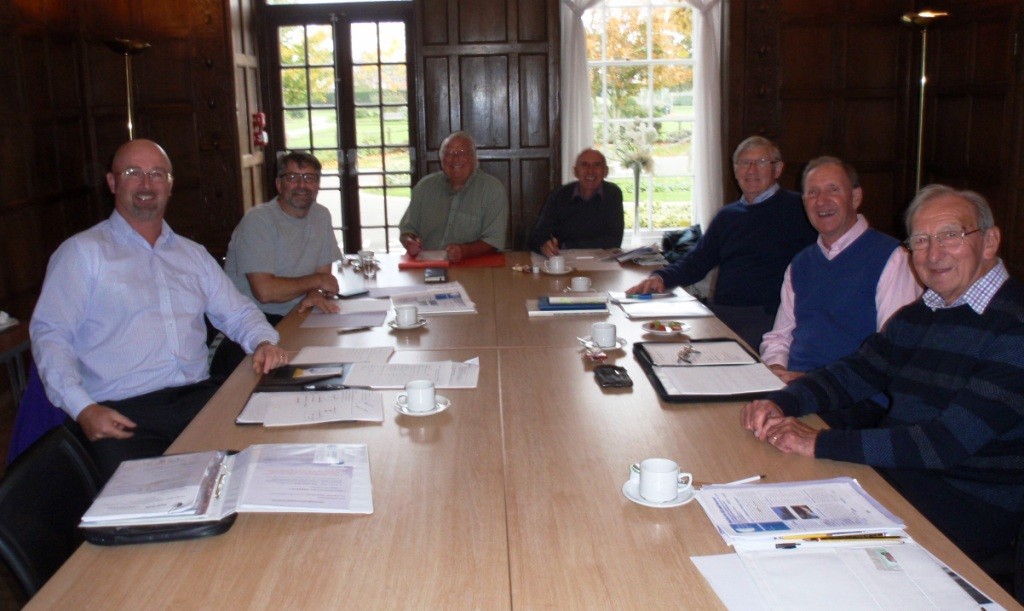
‘Harlow to K2 and Beyond’ The Editorial Group meets
EDITORIAL ADVISORY GROUP
DAVID FISHER (1946-2022)
After Carnegie David taught, then in 1970 he joined Basingstoke Sports Centre as a Sports Officer, alongside Bill Breeze and Martin Rees and under the tutelage and guidance of Bill Leadbeater, Director. The Basingstoke centre was one of the first to be provided in a large shopping complex, as part of the ‘new town’ development. Dave went on to manage at Worthing Sports Centre then became Recreation Manager for Horsham DC, and subsequently Director of Leisure for Hove BC. David has an MA in Leisure Management and after Hove he spent several years in consultancy. Having entered management at a relatively young age, he is one of the few practitioners able to remember the early pioneering days and their managers.
JOHN BIRCH
John trained at Loughborough as a P.E. teacher (1951-54). After teaching he attended Carnegie before joining the CCPR as Research Officer in 1965, where he was responsible for the first research on Indoor Sports Centres. He transferred to the new executive Sports Council in 1970 and was then Chief Leisure and Cultural Services Officer for Waverley District Council from 1974. John re-joined the Sports Council in 1980 and became Regional Director, Greater London and South East. He was National Director of Regional Services from 1986 and retired from the Sports Council in 1994, becoming Director of Second Innings Leisure Consultancy [1994-2004].
HYWEL GRIFFITHS
Hywel started in leisure management at the Sobell Centre in Islington in 1974. Unlike most of his contemporaries he hadn’t had a “proper job” before. He was fortunate to work with Harry Littlewood in the Sports Council’s Facilities Unit and worked on facilities planning and the management award among other things. Hywel then worked with John Birch at the Greater London and South East Region before joining local government. Hywel started as an assistant director in an Inner London borough and became a Director at a South Coast authority before leaving to spend time as a consultant working mainly for RQA and SOLACE. He retired in 2014 but maintains many friends and contacts in the industry.
JOHN STRIDE
John is the former Chief Executive of Inspire Leisure, a multi-functional IPS, and was an early Chair off the South East Region Chair of CIMSPA as a Chartered Fellow. Under John’s guidance Inspire traded very successfully as a social enterprise for 10 years. John’s first job involved working for Arun DC, undertaking playground research, as part of his DMS (Rec), under the guidance of Gwynne Griffiths and Tony Veal. He later joined Arun DC as a sports and leisure manager.
JOHN THORPE
John trained at St John’s College, York, and latterly at North London Polytechnic, firstly under Tony Veal and then Fred Coalter. He worked at Redbridge Sports Centre Trust Ltd, North Devon District Council, The Sports Council and finally was Executive Head of Leisure and Cultural Services for Worthing and Adur Councils . This role involved amalgamating two district Council Leisure departments under joint working arrangements. He saw many changes in the way services were delivered and witnessed the changing priorities of Governments and Councillors. He responded to CCT, Best Value and Comprehensive Performance Assessment and saw the relentless drive towards externalisation of ‘discretionary’ services.
JACK WILKINSON
Jack was originally a town planner, and whilst he has not managed a leisure centre (so far) he spent much of his career in local authorities and the GB Sports Council/Sport England promoting their provision through strategies, land-use planning, project development and funding. This period spanned the first round of regional and local strategies, including the GL&SE Regional Recreation Strategy ‘Prospects for the Eighties’ [1982], through to Lottery funding. Jack moved to teaching at the University of Brighton and other recent activities include the boards of Active Sussex, (Brighton & Hove) Albion in the Community and Sussex Cricket.
MIKE FITZJOHN
Mike left his native North London to study Town & Country Planning at Manchester University (1966-1970). His first post (1970-1975) was with the newly established Research and Planning Unit of the Greater London & South East Sports Council at County Hall. In 1975 he moved to a similar post with the North West Sports Council in Manchester, where for the next 17 years he was responsible for producing an extensive range of research and policy documents both for the region and for The Sports Council nationally. In 1992 he moved sideways to become a Senior Regional Officer of The Sports Council in Manchester, leading the Facilities Team in a wide remit across the region.
MIKE FULFORD
Mike trained as a physical education teacher at Loughborough. After teaching he entered sports centre management at the Lightfoot Sports Centre in 1971, then became Manager at Stretford Sports Centre; Returning to the North-East, management of Concordia Leisure Centre and Blyth Sports Centre followed, on their own and later as part of a wider range of public leisure and amenity services as Borough Recreation Manager. Mike was a founding ILAM Council member serving for 20 years and is a former President of ILAM. Now retired he swims, drives and collects old toys!
MALCOLM TUNGATT
Malcolm graduated as a Geographer in 1973 and completed an M.Phil. thesis before joining a Sports Council Research Team at Durham University in 1976. In 1979 he moved to the North West Office helping to write the Regional Recreation Strategy before transferring to the Sports Council’s Evaluation Team in 1983, leading the Team from 1987 until 2006. The evaluation programme included the National Demonstration Projects, Champion Coaching, the TOP programme, School Sports Co-ordinators and Sport Action Zones. He joined Sport England’s Policy Team in 2006 before retiring in 2009 after 33 years with the Sports Council.
GERRY CARVER – PROJECT FOUNDER AND EDITOR
After Loughborough and teaching, Gerry managed the converted Carlisle Sports Centre from 1973 then moved to Crowtree Leisure Centre in 1977. He was also a member of the ARM National Executive and Editor of ARM News for 6 years. In 1982 he joined Arun DC as Deputy, then Chief Leisure & Tourism Officer. In 1987 he moved into consultancy, founding L&R International and leading sports, leisure and tourism projects across the UK and Europe. He undertook projects for the European Commission in Bulgaria, Slovakia, Poland and the Middle East. Consultancy until 2013 embraced many centres, including The Oceadium (Brussels), the Paris sports centres; and, from planning to opening, the Harlow Leisurezone and the Catterick and Leventhorpe centres.
JOANNE SMITH-WOOD – WEBSITE MANAGER
Joanne is a Master’s graduate in Tourism from Surrey University and joined L&R Leisure plc in 1988 and from 1997 worked for L&R International for 17 years. Joanne has been involved in many leisure and tourism consultancy projects. This included sports & leisure centres in Liverpool, Belfast, Harlow, Catterick, and Leventhorpe, and in successful lottery grants for centres at Budmouth and Mark Hall, Harlow. Joanne is managing the technical development of the website, linking with the website designer when required.

